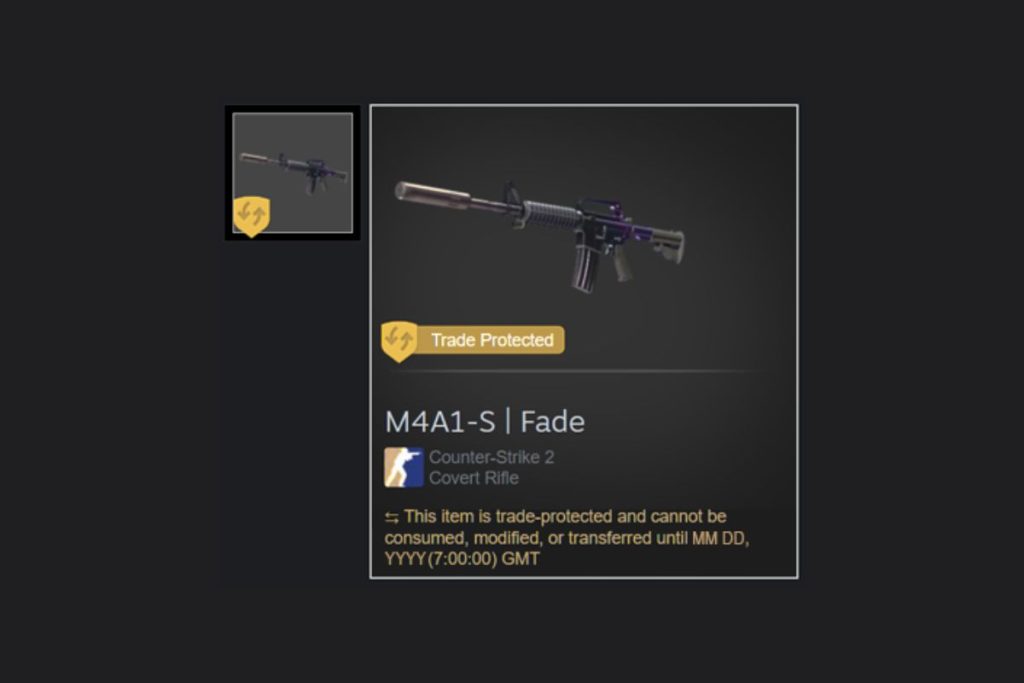Insightful Updates
Stay informed with the latest news and trends.
When the Pixels Fall: Unraveling the Skin Trading Ecosystem Crash
Discover the shocking truth behind the skin trading ecosystem crash and what it means for gamers. Dive in to unravel the chaos!
The Rise and Fall of the Skin Trading Market: What Went Wrong?
The skin trading market has experienced a meteoric rise in popularity, particularly within the gaming community, where players sought to buy, sell, and trade virtual items. Initially, this underground market thrived on platforms such as Steam and other third-party sites, allowing players to enhance their gaming experience with unique skins. However, this boom created a host of challenges, including rampant scams, inflated prices, and issues with game developers who viewed skin trading as a direct threat to their economies. As the demand surged, so did the illegal activities associated with these transactions, leading to stricter regulations and increased scrutiny by gaming companies.
Ultimately, the fall of the skin trading market can be attributed to a combination of factors. As developers implemented anti-trading policies and cracked down on fraudulent activities, many users began to lose faith in the system. Furthermore, the rise of blockchain technology offered a more secure alternative for digital asset trading, leaving traditional skin trading platforms struggling to adapt. This shift not only diminished user interest but also resulted in a significant decline in transaction volumes, marking the beginning of the end for this once-thriving market. The story of the skin trading market serves as a cautionary tale about the sustainability of virtual economies and the consequences that can arise from unchecked growth.

Counter-Strike is a popular first-person shooter game that has shaped the esports landscape for years. Recently, discussions have emerged about the market cap crash cs2, highlighting the game's dynamic economy and the impact on player investments. As players navigate both the competitive gameplay and evolving market, the franchise continues to captivate audiences worldwide.
Understanding the Impacts of the Skin Trading Ecosystem Collapse
The collapse of the skin trading ecosystem has sent shockwaves through the gaming community, affecting both players and developers alike. As the virtual economy surrounding in-game items crumbles, the financial implications are significant. Players who invested time and money into acquiring rare skins now find their assets devalued, leading to feelings of frustration and betrayal. Developers, on the other hand, face challenges in maintaining player engagement and loyalty, as the allure of trading valuable skins diminishes and economic models become unsustainable.
Furthermore, the impact of this collapse extends beyond individual players and developers. Marketplaces that thrived on skin trading are now experiencing a decline in activity, leading to reduced revenue streams. Game publishers might need to rethink their monetization strategies to adapt to a changing landscape where players are increasingly wary of investing in digital goods. As we analyze the fallout from this significant shift, it's crucial to understand the broader implications not only on the gaming industry but also on real-world economies that intersect with virtual trading practices.
Is the Future of Skin Trading Dead? Exploring Alternatives and Solutions
The concept of skin trading has been a contentious topic within the gaming community, rising to prominence alongside popular titles like CS:GO and Fortnite. However, as developers and platforms implement stricter policies against this practice, many are left wondering if the future of skin trading is indeed dead. Recent reports suggest a significant decrease in trading activities, driven largely by rising concerns over security and the potential for fraud. This shift not only affects the market dynamics but also prompts gamers to seek alternative avenues to express their in-game identities.
Fortunately, there are solutions on the horizon that could rejuvenate the trading experience for players. For instance, many gaming companies are exploring blockchain technology to facilitate secure transactions, ensuring ownership and authenticity of virtual items. Furthermore, the emergence of in-game marketplaces allows players to buy and sell items in a controlled environment, enhancing safety and trustworthiness. As we analyze these alternatives, it becomes clear that while traditional skin trading may be gravely challenged, innovative solutions offer a promising path forward for preserving the spirit of customization in gaming.